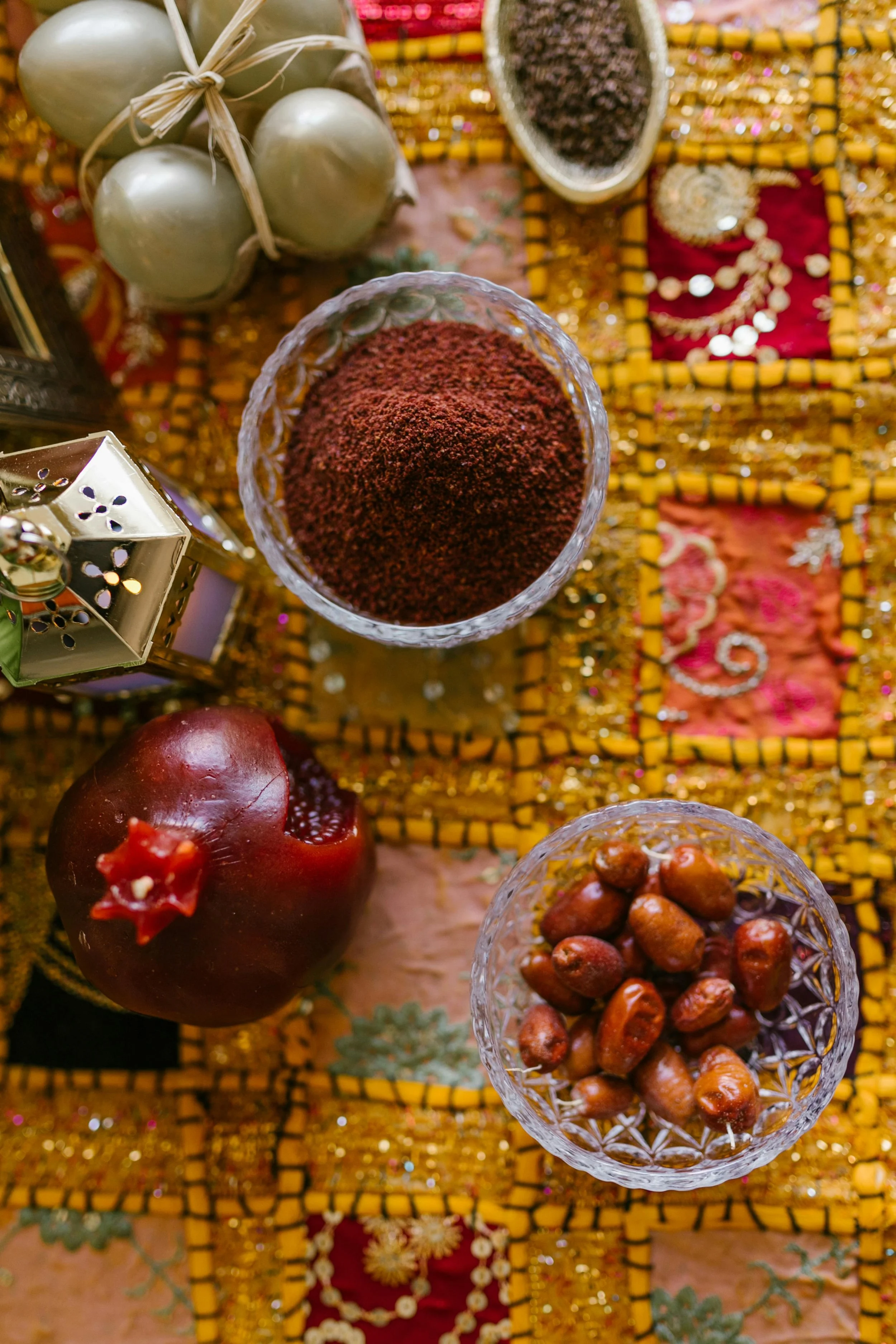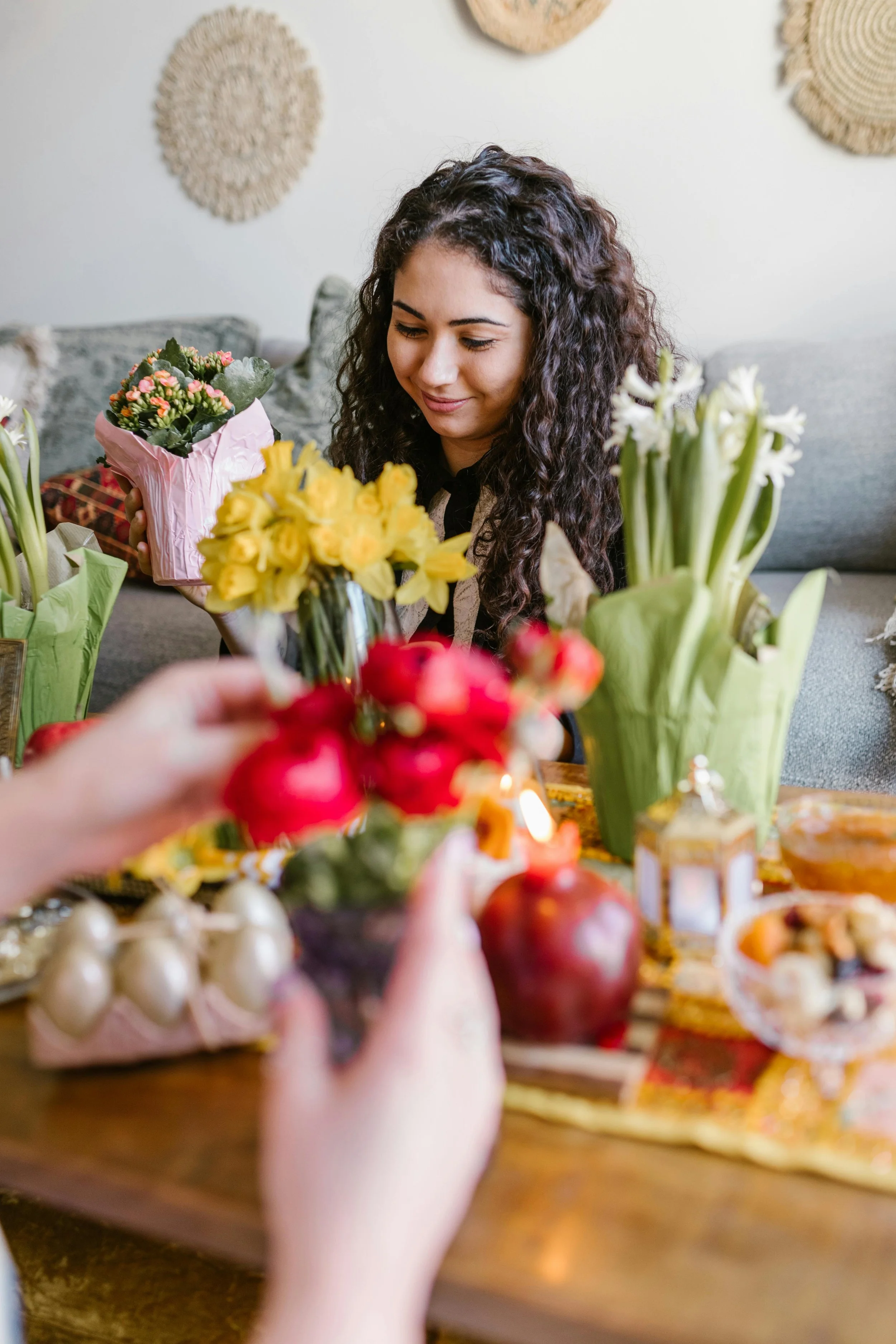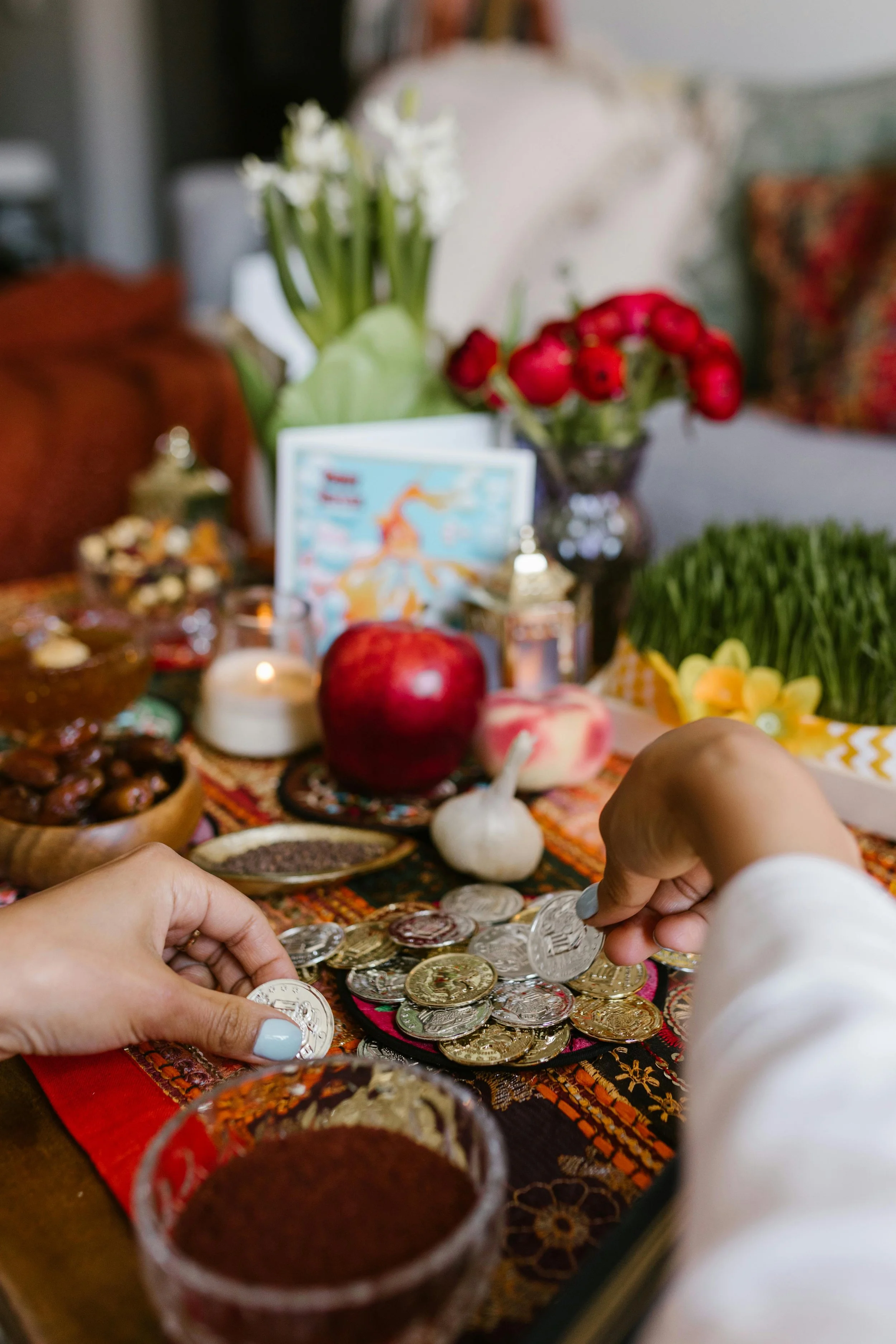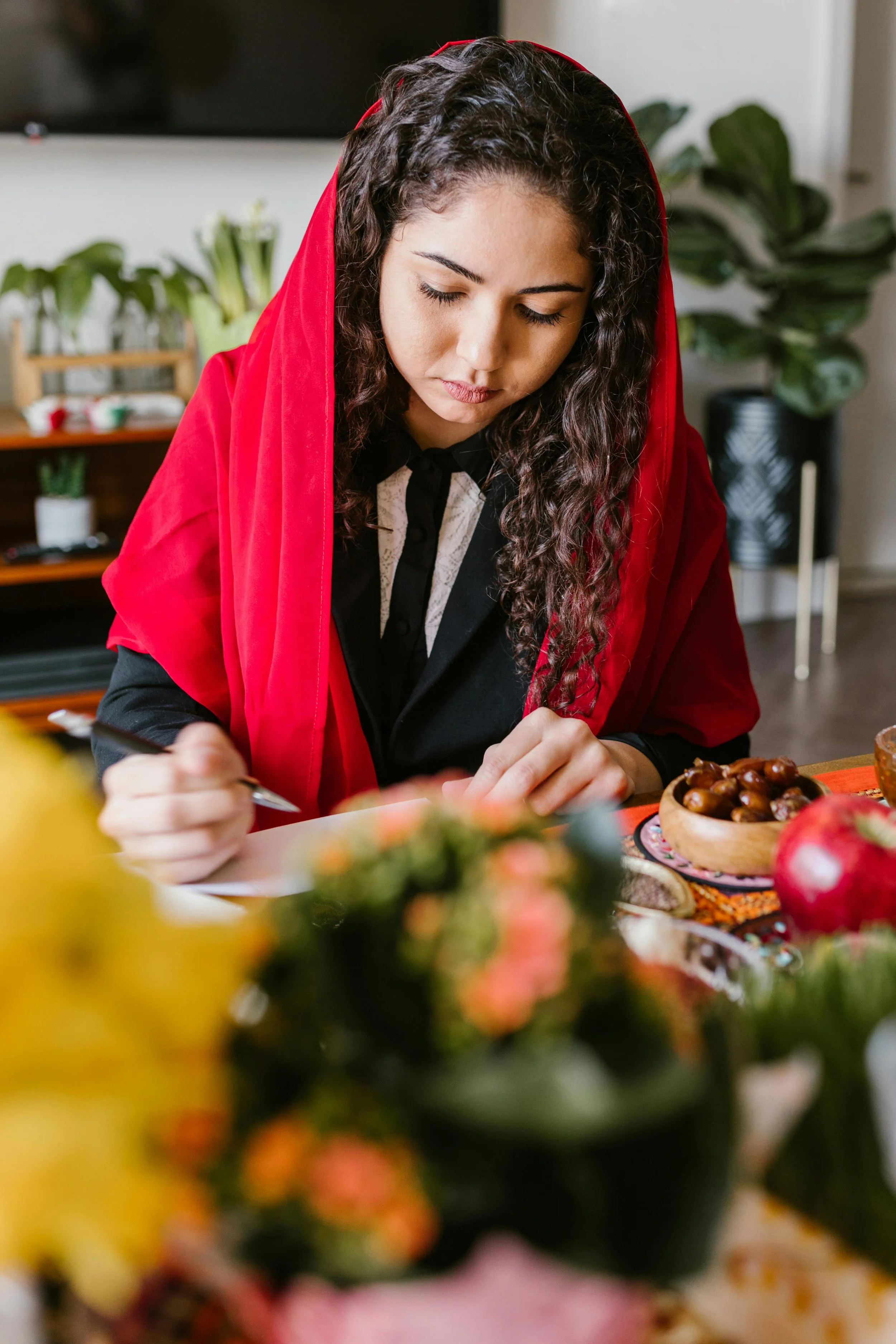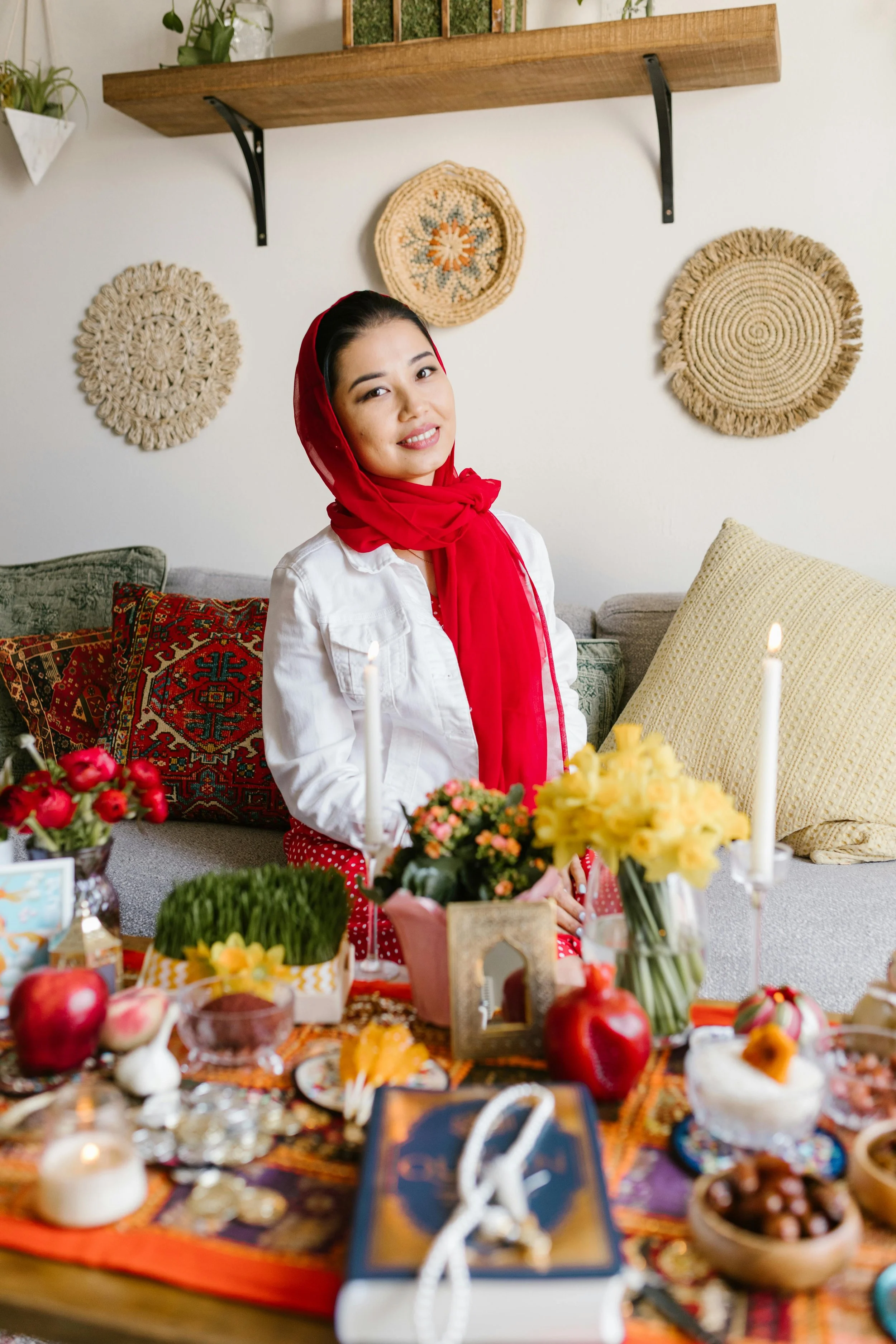Persian New Year's Celebration
In the heart of Iran, when winter loosens its grip and the earth begins to awaken, a joyous celebration unfolds, marking the arrival of spring and the Persian New Year, known as Nowruz. This ancient tradition, steeped in culture and symbolism, unites Iranians across the globe in a jubilant embrace of renewal, hope, and unity.
As the final days of winter wane, anticipation builds in households across Iran. Nowruz falls on the vernal equinox, typically around March 20th or 21st, heralding the moment when day and night share equal dominion, symbolizing the delicate balance of light and darkness, yin and yang.
Preparations for Nowruz begin weeks in advance. Homes are meticulously cleaned, a practice known as "khooneh tekouni," symbolizing the purging of the old year's troubles and welcoming the new year with a fresh start. Families adorn their houses with vibrant displays of spring blossoms, symbolic items such as mirrors to reflect on the past year, and a traditional table setting called "Haft-Seen."
The Haft-Seen table is a centerpiece of Nowruz festivities, adorned with seven symbolic items, each starting with the Persian letter "seen" (س). These items include:
"Sabzeh" (سبزه) - Sprouted wheat or lentils symbolizing rebirth and growth.
"Samanu" (سمنو) - A sweet pudding made from wheat germ, symbolizing affluence.
"Senjed" (سنجد) - Dried oleaster fruit symbolizing love and affection.
"Seer" (سیر) - Garlic symbolizing medicine and health.
"Sib" (سیب) - Apples symbolizing beauty and fertility.
"Somāq" (سماق) - Sumac berries symbolizing the sunrise and the triumph of good over evil.
"Serkeh" (سرکه) - Vinegar symbolizing age and patience.
In addition to these items, the table may include other symbolic objects such as colored eggs representing fertility and prosperity, goldfish symbolizing life, and a mirror reflecting the world and its potential.
As the sun sets on the eve of Nowruz, families gather around the Haft-Seen table, eagerly awaiting the moment of transition. At the stroke of the equinox, known as "Saal Tahvil," hugs and well-wishes fill the air as loved ones exchange greetings of "Eid-eh Shoma Mobarak" (Happy New Year). The moment marks the official beginning of the new year.
Following the ceremonial greetings, families partake in a feast of traditional dishes such as "sabzi polo mahi" (herb rice with fish) and "kookoo sabzi" (herb frittata), indulging in culinary delights that tantalize the senses and honor the richness of Persian cuisine.
Throughout the Nowruz festivities, music fills the air as Iranians gather for street performances, folk dances, and community events known as "Charshanbe Suri." Bonfires blaze into the night, illuminating the darkness and symbolizing the triumph of light over darkness, a tradition dating back to ancient Zoroastrian customs.
In addition to traditional celebrations, modern Iranians often exchange gifts, visit relatives and friends, and engage in acts of charity and goodwill, emphasizing the importance of community and solidarity during this time of renewal.
For those outside Iran, participating in Nowruz can be a deeply enriching experience. Attending local Nowruz festivals, trying traditional Persian dishes, and learning about the symbolism behind the Haft-Seen table are just a few ways to immerse oneself in this vibrant cultural celebration.
Whether in the bustling streets of Tehran or the quiet corners of the diaspora, Nowruz serves as a poignant reminder of the resilience of the human spirit and the enduring power of tradition to unite and inspire across generations. As the new year dawns, Iranians around the world embrace the promise of renewal, embarking on a journey filled with hope, joy, and boundless possibility.


